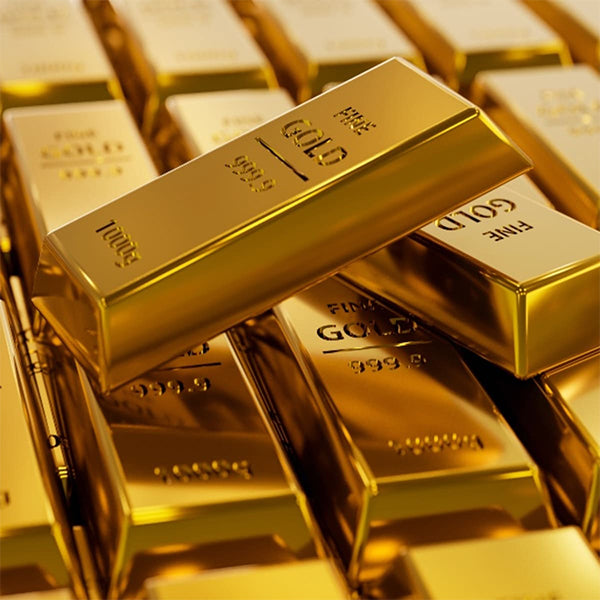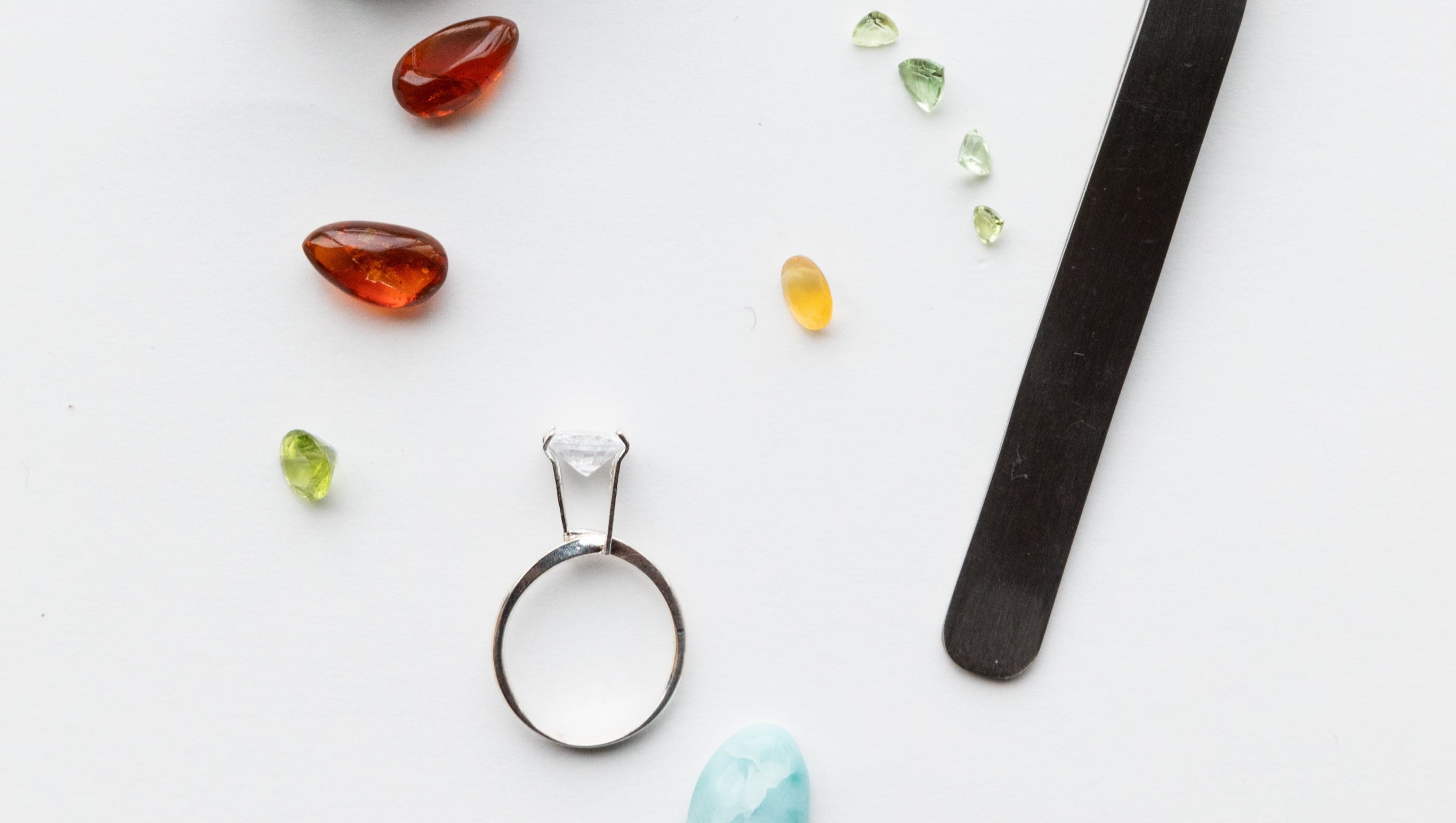 bars made of precious metal
bars made of precious metal
bars made of precious metal
Precious metal bars are primarily used as an investment. International trade involves standardized bars on which the purity of the precious metal and the supplier's label as well as the bar number are engraved. The latter serves the purpose of ensuring that the individual bars can be assigned without a doubt, since the manufacturer keeps a record of the number of its bars.
As a guideline, the fineness of gold must be at least 99.5%; for silver, 99.9% is required, and for bars made of palladium or platinum, 99.95%.
The weight of a classic gold bar is 400 troy ounces, which is equivalent to about 12.44 kilograms. The weight of the bar can be specified in troy ounces , grams or pounds.
There are strict regulations for producers of precious metal bars, which is why all bars must be certified.
The History of the Bars
Today we know that ingots were made by people in prehistoric times; at that time they were cast from the metals gold, silver, bronze, copper and tin. However, they were often not made of their pure form, as is common today, but of the alloys in which they occur in nature.
At that time, the metals were formed into bars to make them easier to transport. Later, through another melting process, they took on a specific shape for the production of war equipment or cultural objects such as statues or tombs.
However, the bars did not necessarily have to be melted down again in order to be reused. Jewelry, eating utensils and other everyday objects could be made by hand from the bars by dividing them into smaller units and shaping them into the desired shape.
Even before the present era, people began to use bars made of the precious metals gold and silver not for further processing, but as money. They were used as a means of exchange, which is where the first coins came from.
